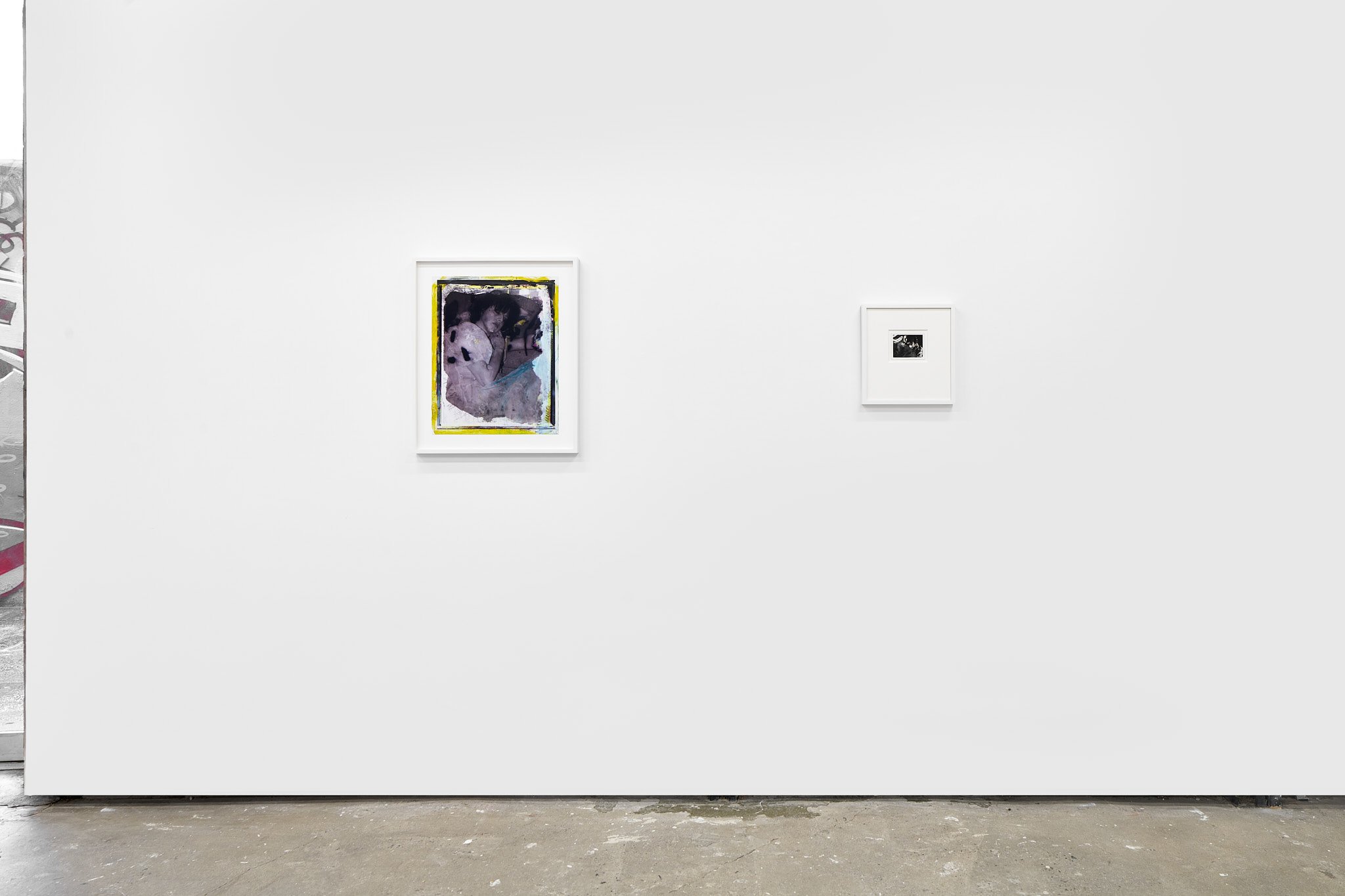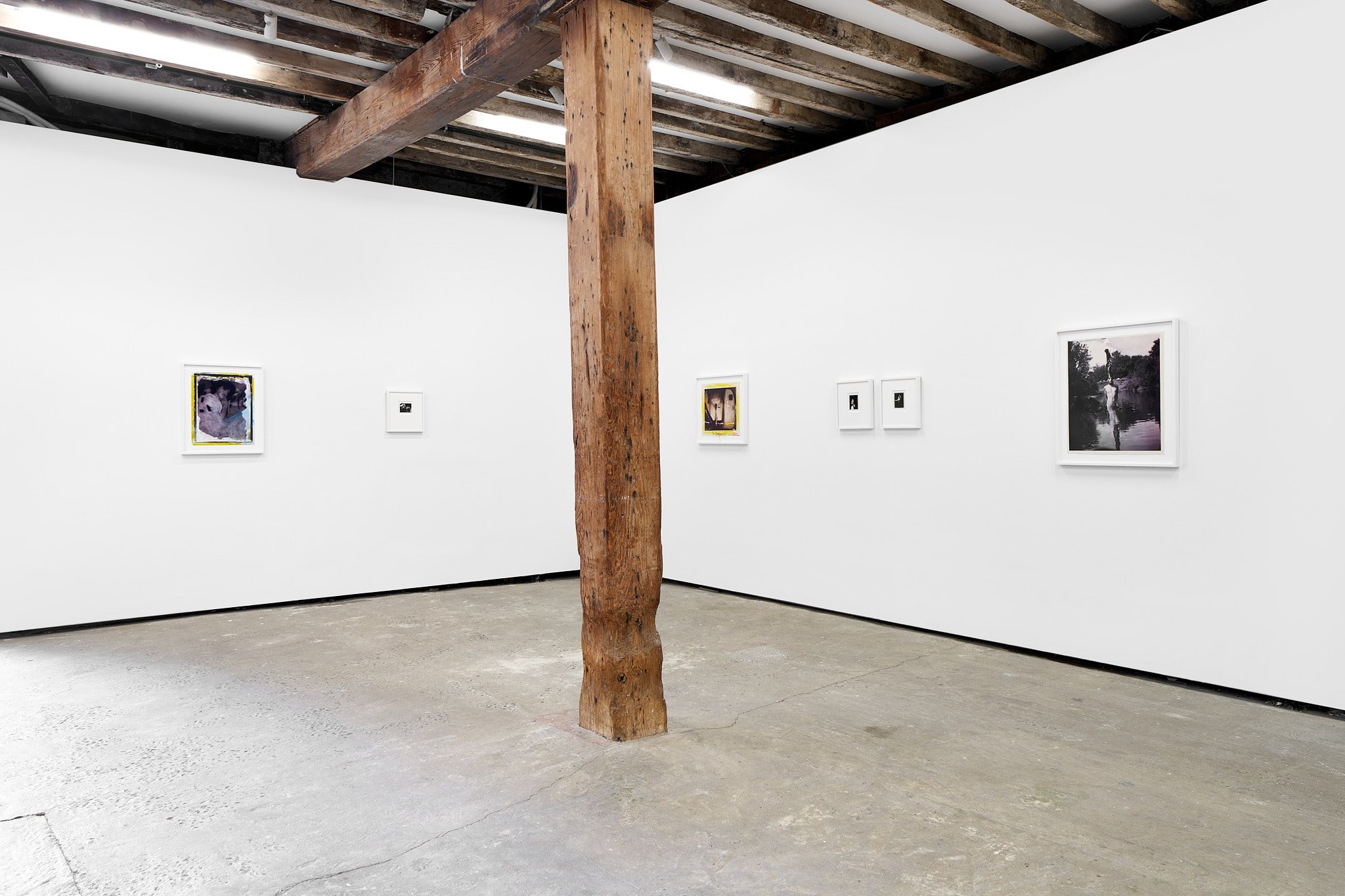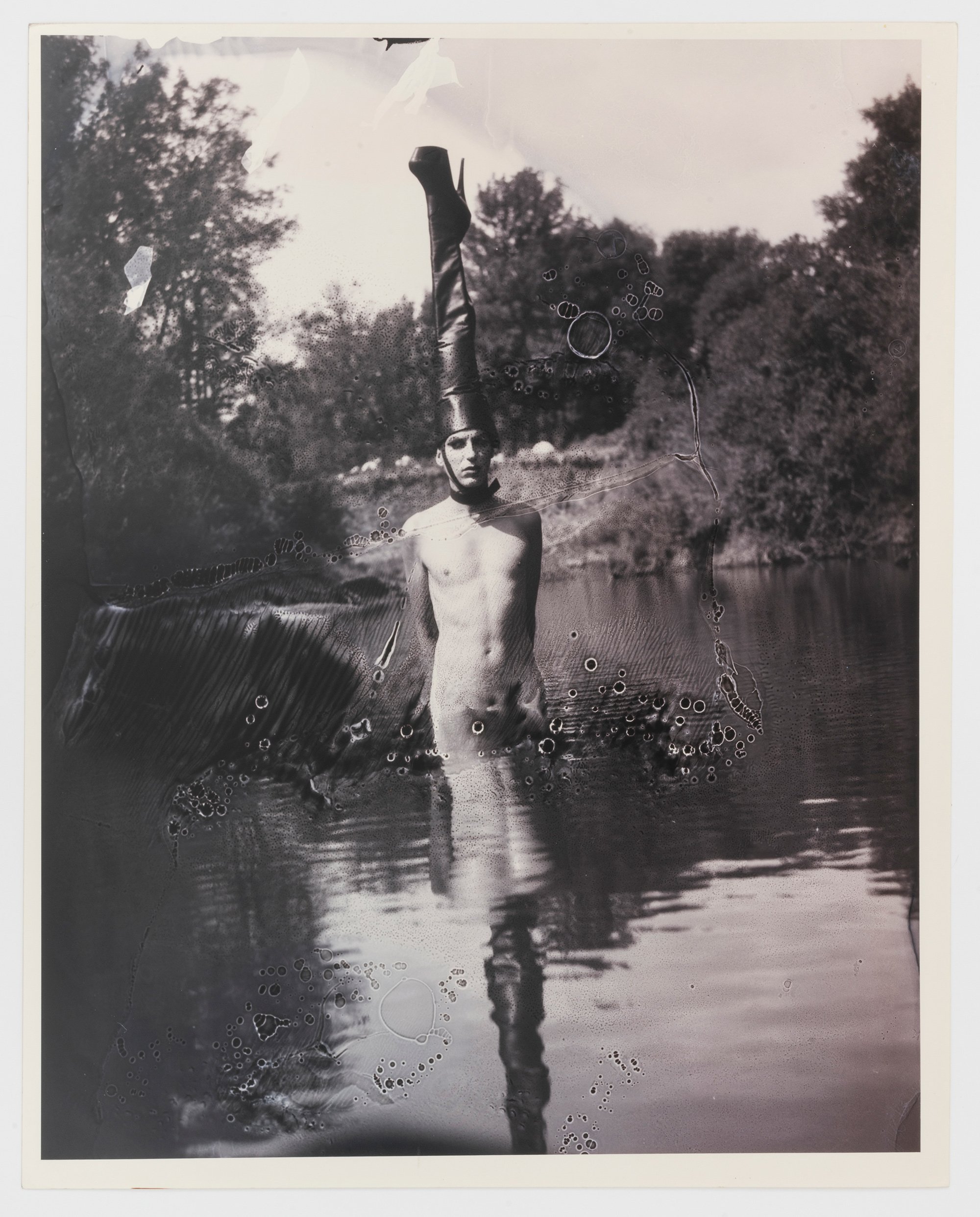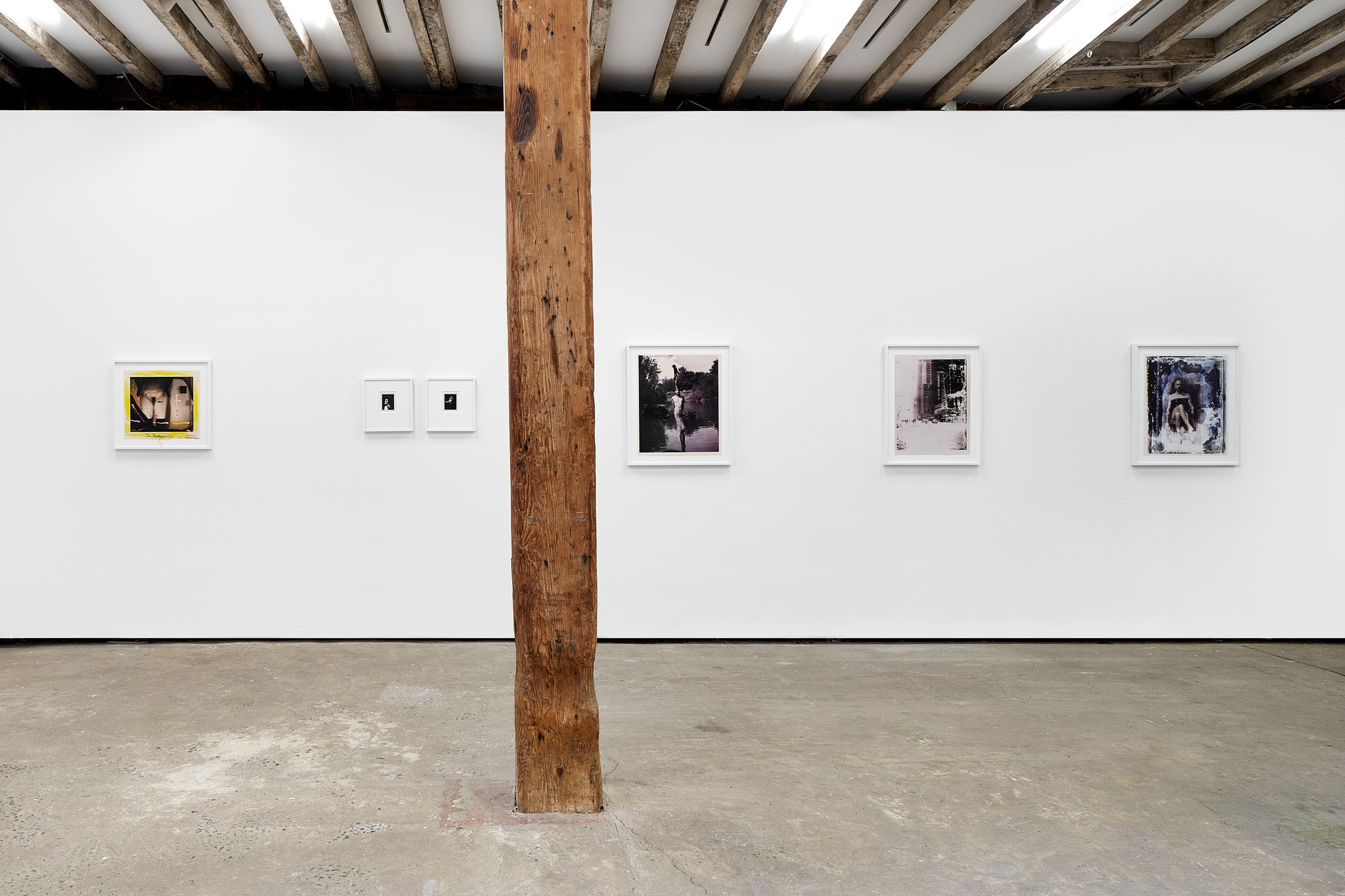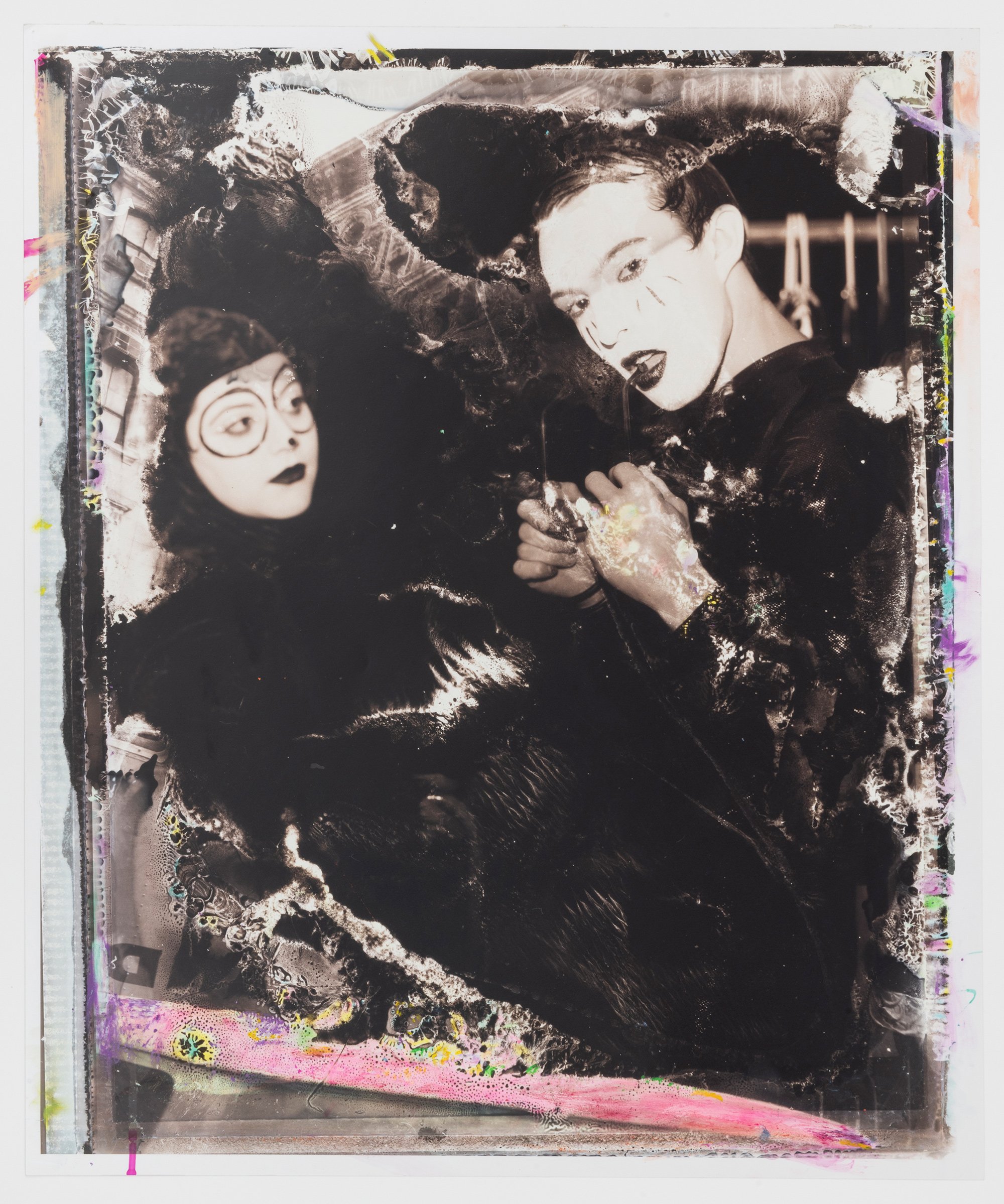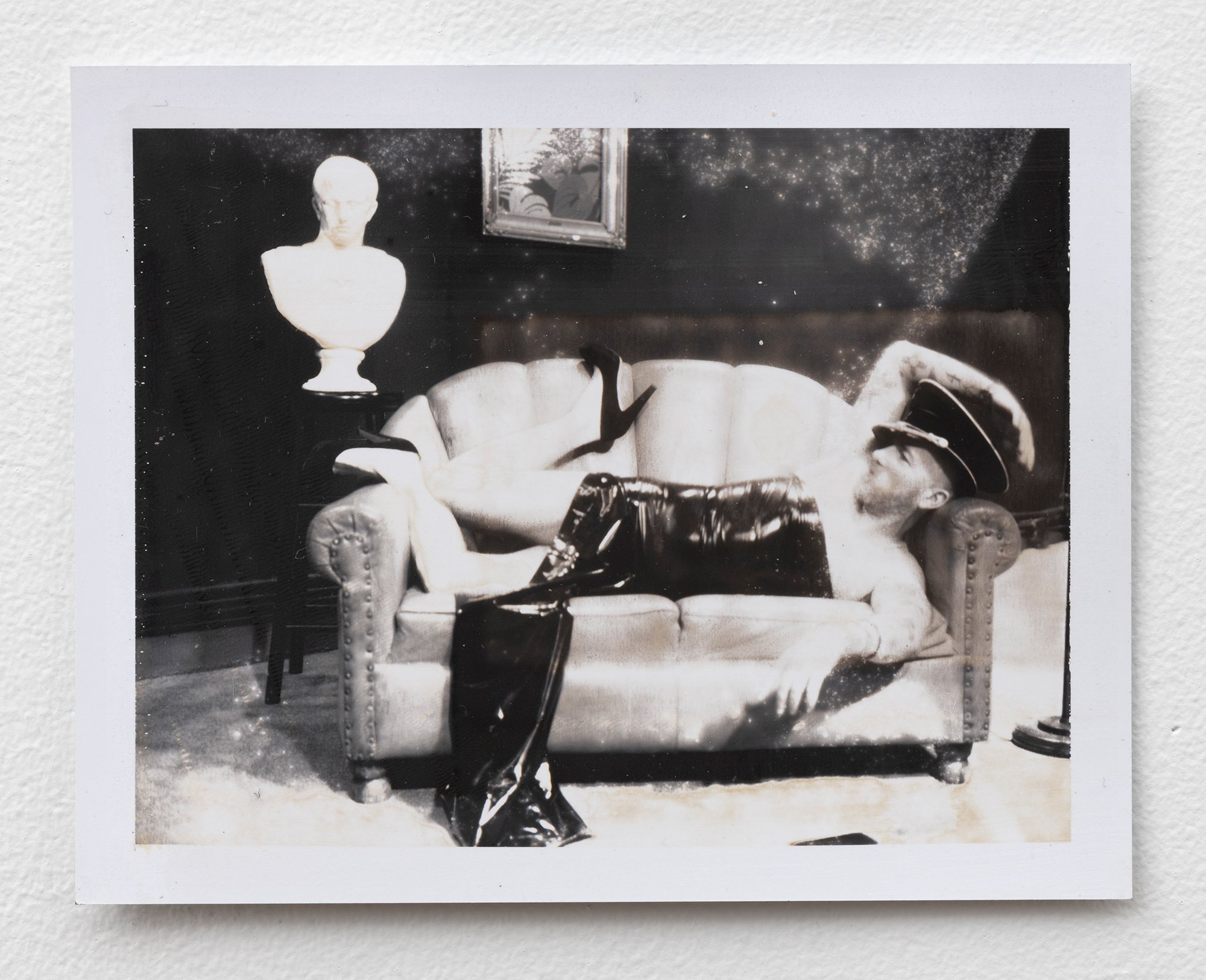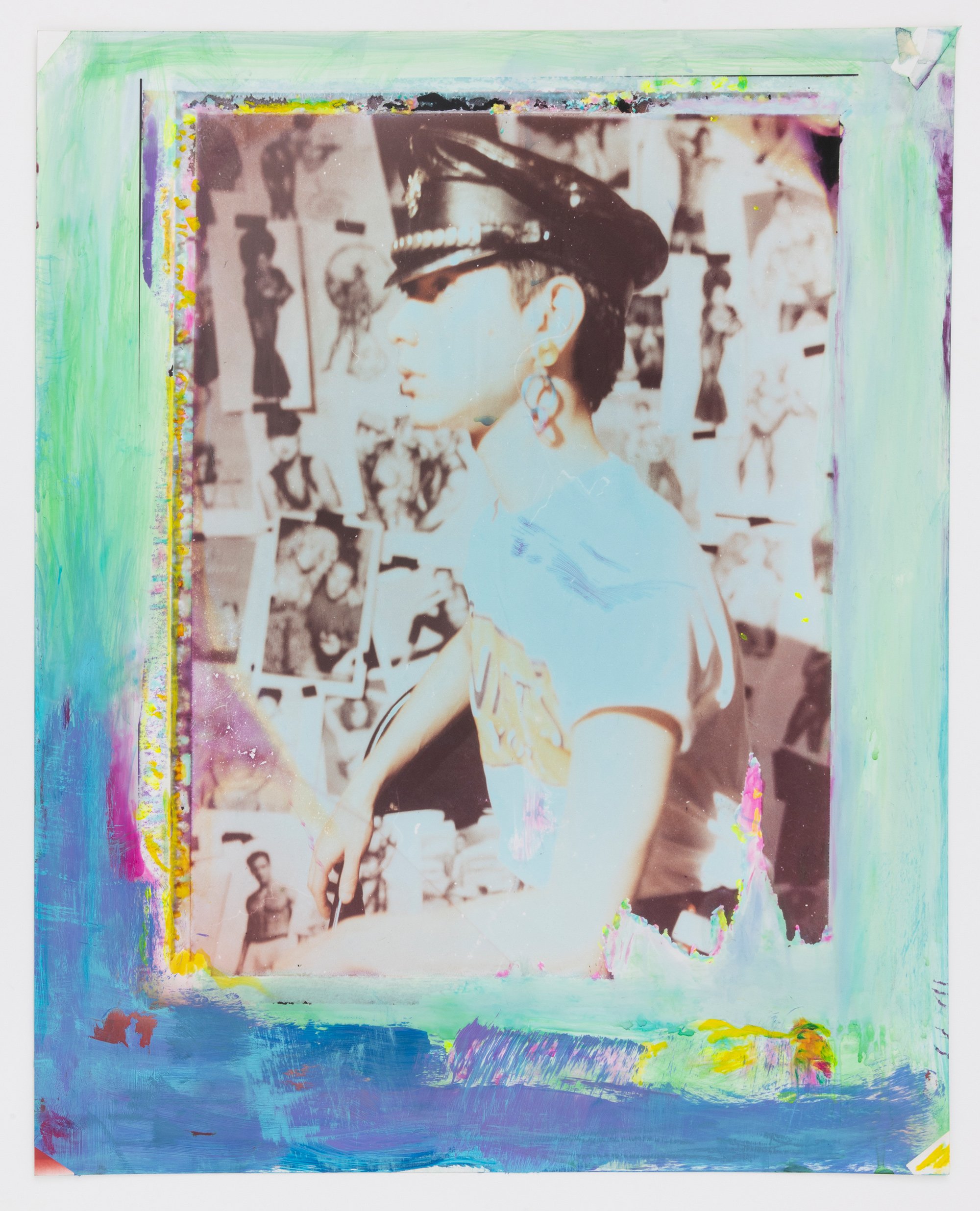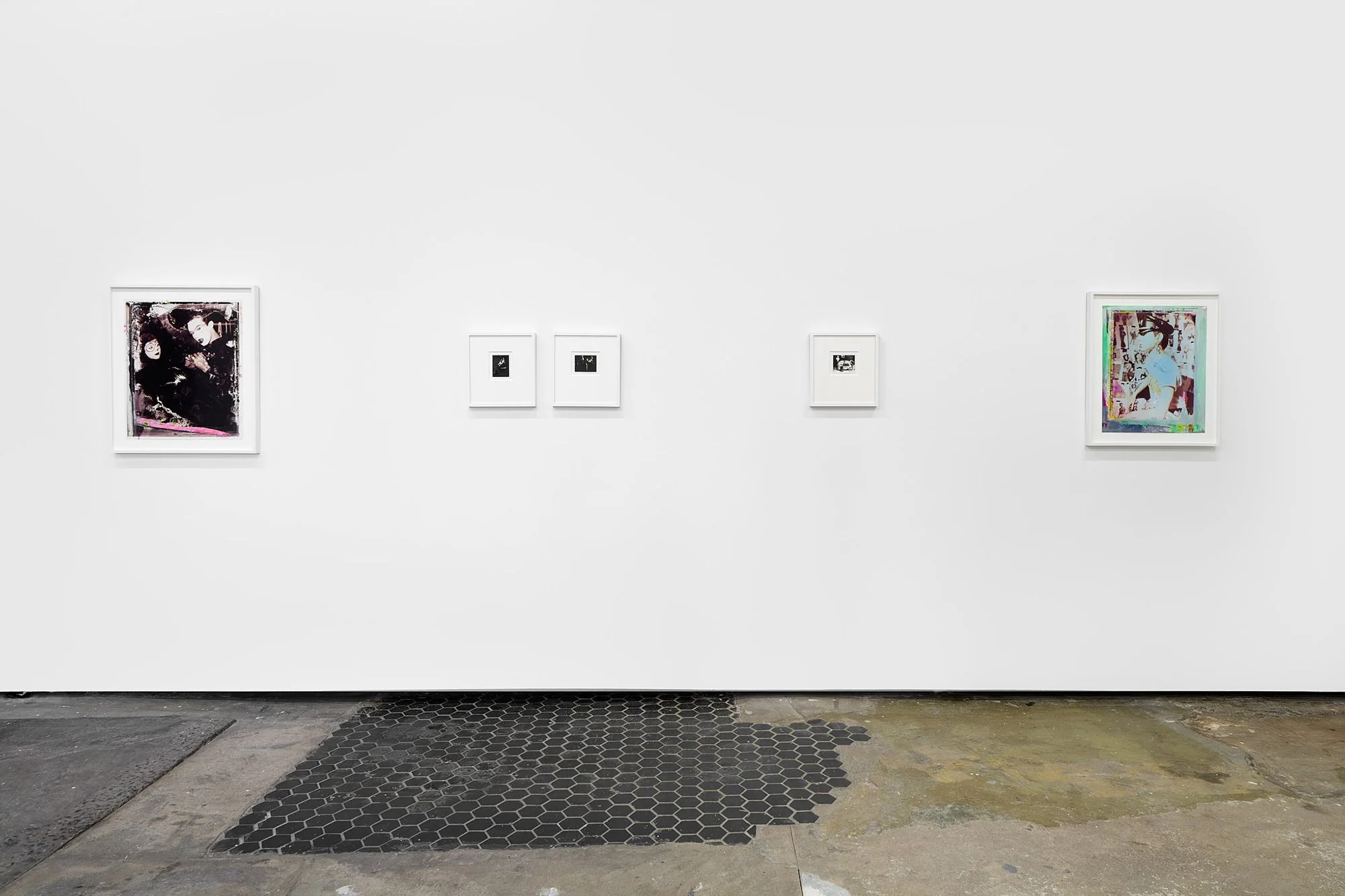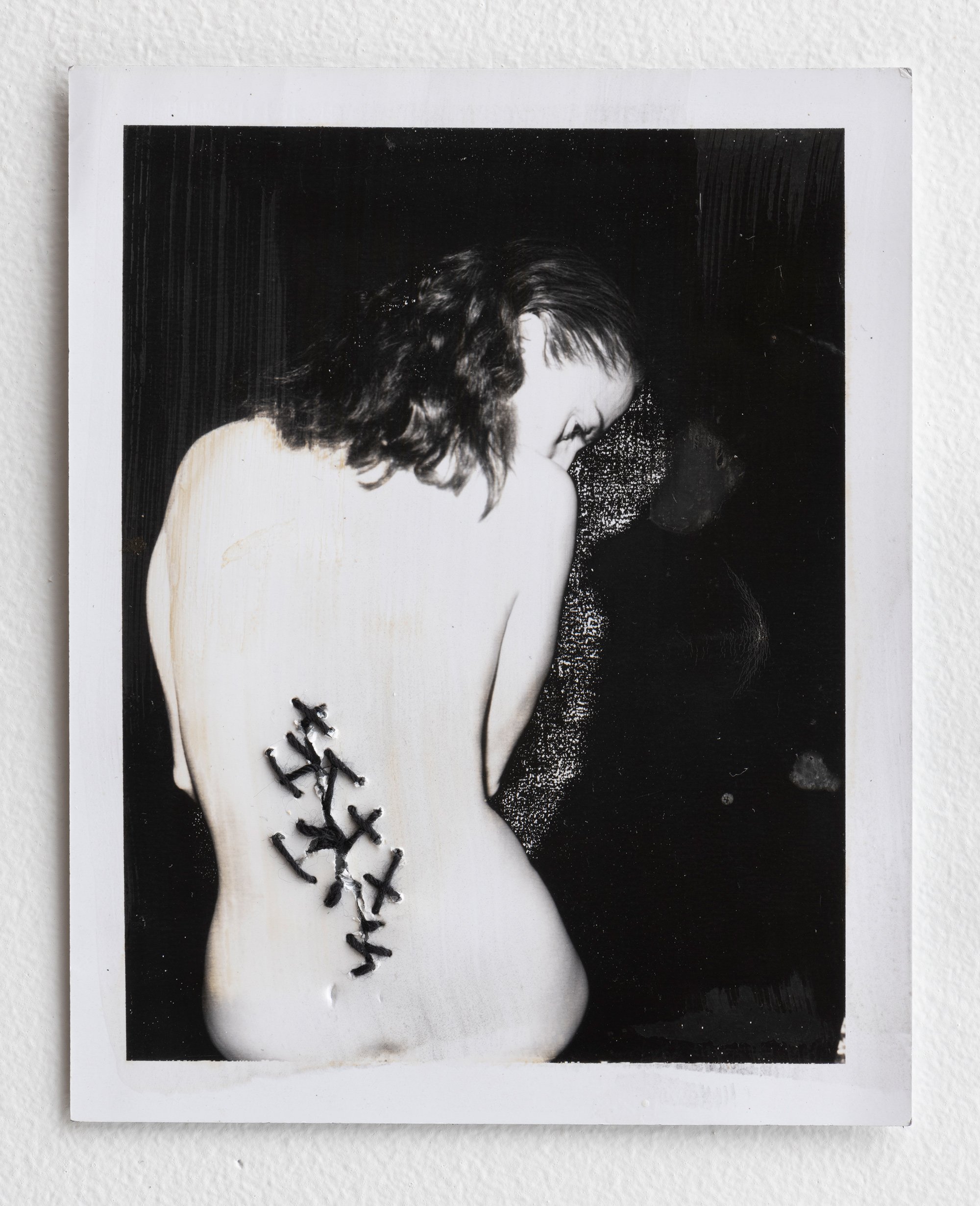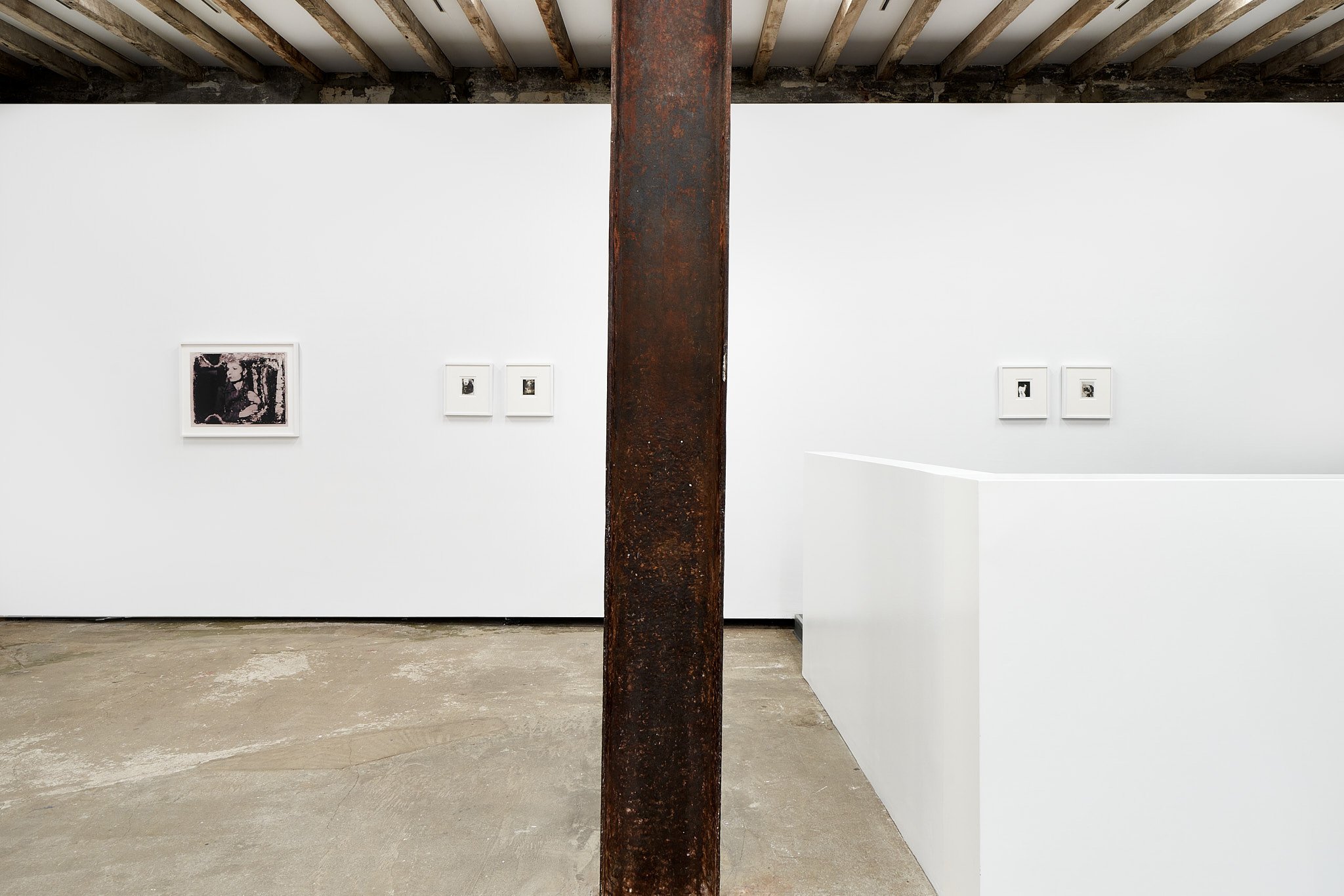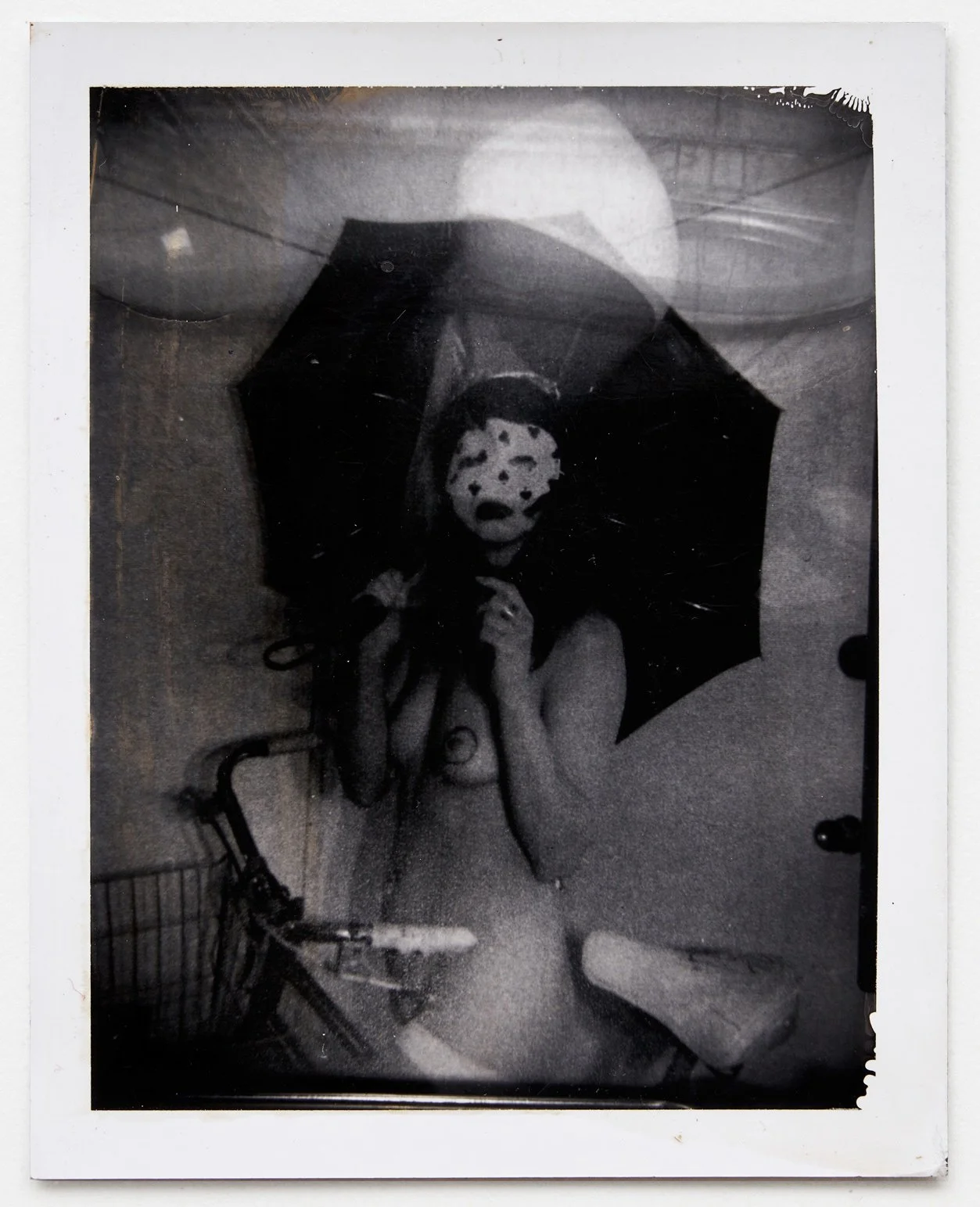Gail Thacker
Gail Thacker
Gail Thacker is an American multi-disciplinary artist best-known for her Polaroid photography of artists, performers, friends, lovers, and New York City. A member of the Boston School, Thacker shares an ethos of “life as art” with peers Nan Goldin, Pat Hearn, Mark Morrisroe, Jack Pierson, Tabboo!, and others who studied at Boston-area colleges during the 1970s and early ‘80s before relocating to New York City.
Trained as a painter, Thacker’s divergent approach to photography involves subjecting images taken with Polaroid 665 positive-negative film to experimental chemical processes that encourage the negatives’ decay, revealing in material form the artist’s metaphysical views about life, death, temporality, and the transience of lived experience–beliefs that were gravely influenced by the personal losses she experienced during the AIDS crisis. Thacker’s immortalization of her subjects and simultaneous release of control in her process imbues the work with a tension between holding on and letting go.
Thacker’s work is held in the collections of the City University of New York; the Leslie–Lohman Museum of Art; the New York Public Library; the Institute of Contemporary Art, Boston; the Wadsworth Atheneum Museum of Art; Fotomuseum Winterthur, Switzerland; and the Galician Centre of Contemporary Art, as well as in numerous private collections in the United States and abroad. In 2017, QCC Art Gallery Press of the City University of New York published the monograph Between the Sun and Moon: Gail Thacker’s Polaroids, including essays by Barbara Hitchcock, Jonathan David Katz, and Eileen Myles.
Thacker lives and works in New York, NY. She studied at the School of the Museum of Fine Arts at Tufts University and at the Massachusetts Institute of Technology’s Center for Advanced Visual Studies from 1978 to 1981. She graduated from the School of the Museum of Fine Arts in 1981.
Image details: Gail Thacker, Good Night, Sleep Tight, Don't Let the Bed Bugs Bite, 1995–2017, Analog color print of a B&W polaroid 665 negative with watercolor and acrylic, 20 x 16 inches. Photo credit: Adam Reich. (above and previous page).
THE BROOKLYN RAIL December 2023 by Ksenia Soboleva
METAL November 2023 by Charlotte Macchi Watts
i-D November 2023 by Lydia Figes
ANOTHER November 2023 by Zoe Whitfield
MUSÉE November 2023 by Grecia Espinoza


